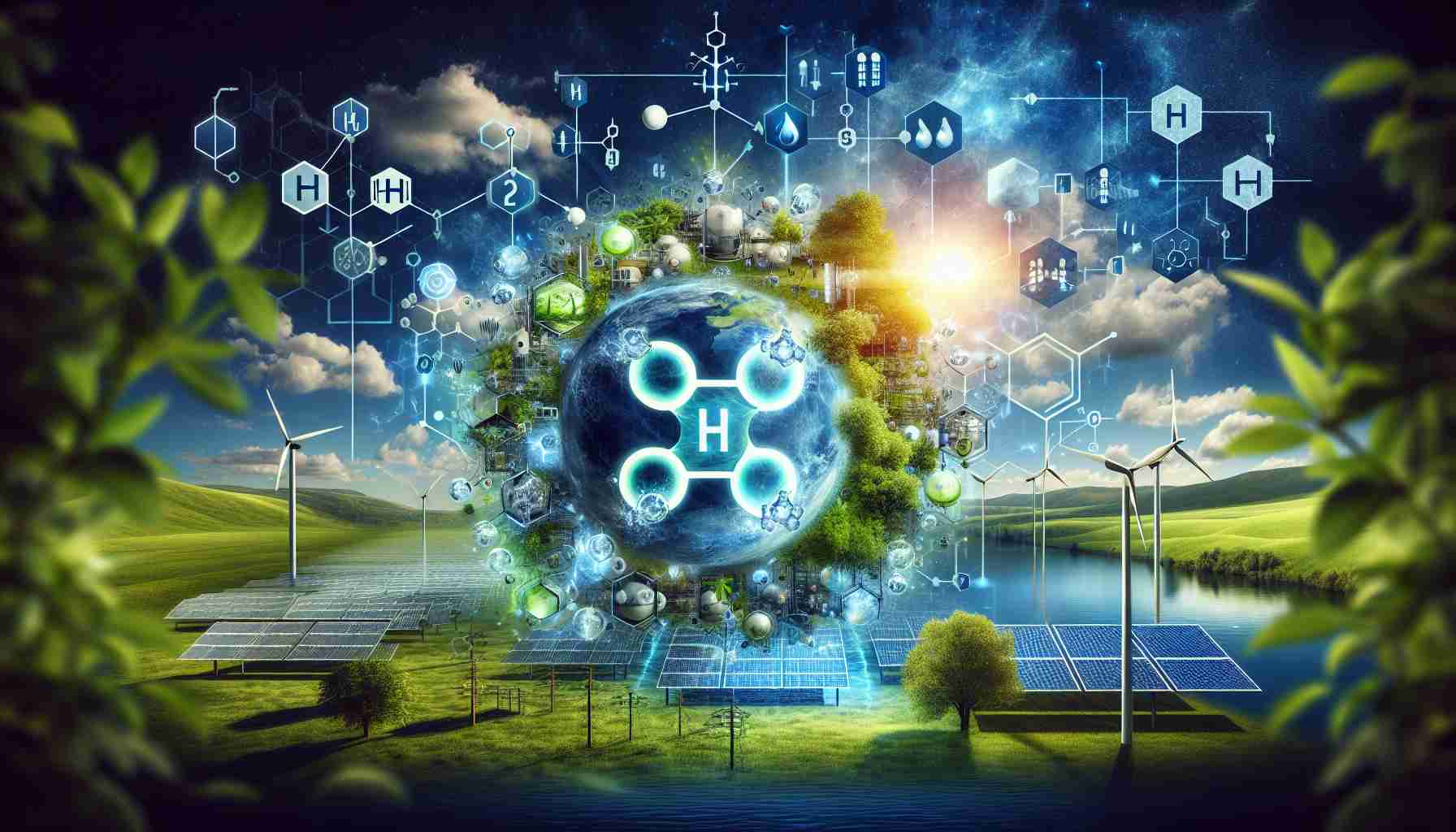As the global focus intensifies on transitioning to cleaner energy sources, green hydrogen (GH2) has emerged as a groundbreaking technology that enhances energy storage. By effectively storing excess energy generated from renewable resources like solar and wind, GH2 plays a significant role in addressing the fluctuations in energy supply and demand. This capacity positions green hydrogen as a key player in balancing energy grids and minimizing carbon footprints.
The hydrogen energy storage sector is witnessing substantial growth, projected to expand significantly over the coming years. Various methods of hydrogen storage—ranging from gaseous to solid—cater to diverse industrial needs. Gaseous hydrogen, often stored in high-pressure tanks, remains a popular choice due to its lower costs and existing infrastructure. Conversely, solid and liquid storage options offer alternative solutions, particularly for specialized applications like aerospace.
Regional dynamics show that countries in the Asia Pacific are spearheading this industry revolution, driven by robust government investments in clean technologies. Hydrogen’s versatility allows it to integrate into various sectors, from transportation—where hydrogen-powered vehicles offer sustainable travel solutions—to industrial processes, aiding in the decarbonization of heavy industries.
Yet, the journey towards widespread hydrogen adoption is not without challenges. Distribution inefficiencies, high infrastructure costs, and safety concerns create obstacles that must be addressed. Despite recent setbacks, the momentum towards a green hydrogen future is undeniable, hinting at a transformative shift in global energy dynamics.
FAQ Section
What is green hydrogen (GH2)?
Green hydrogen (GH2) refers to hydrogen that is produced using renewable energy sources, such as solar or wind, which makes it a clean and sustainable energy carrier. It enhances energy storage by effectively storing excess energy generated from these renewable sources.
How does green hydrogen contribute to energy storage?
GH2 plays a significant role in addressing the fluctuations in energy supply and demand by storing excess energy. It is pivotal for balancing energy grids and minimizing carbon footprints, allowing for a more stable energy system.
What are the different methods of hydrogen storage?
Hydrogen storage methods generally fall into three categories: gaseous, solid, and liquid. Gaseous hydrogen is commonly stored in high-pressure tanks and is popular due to its lower costs and existing infrastructure. Solid and liquid storage options are also available, especially for specialized applications like aerospace.
Which regions are leading in hydrogen energy development?
Countries in the Asia Pacific region are at the forefront of the green hydrogen industry, largely fueled by strong government investments in clean technologies. This regional focus positions them as leaders in the hydrogen revolution.
How can hydrogen be used in various sectors?
Hydrogen’s versatility allows for its integration into several sectors. For instance, in transportation, hydrogen-powered vehicles provide sustainable travel options. Additionally, hydrogen can decarbonize heavy industries, thus contributing to overall emissions reduction.
What challenges does the hydrogen energy sector face?
The journey towards widespread hydrogen adoption faces several challenges, including distribution inefficiencies, high infrastructure costs, and safety concerns. Addressing these obstacles is essential for the sector’s growth and acceptance.
What is the future of green hydrogen adoption?
Despite challenges, the momentum towards a green hydrogen future is growing, indicating a transformative shift in global energy dynamics. The continued investment and innovation in this area hint at a promising future for hydrogen technologies.
Definitions for Key Terms
– Green Hydrogen (GH2): Hydrogen produced from renewable energy sources, making it a clean and sustainable energy alternative.
– Energy Storage: The capture of energy produced for use at a later time, which helps manage the balance between energy supply and demand.
– Gaseous Hydrogen: Hydrogen stored in a gaseous state, typically in high-pressure tanks, which is widely used due to low costs and extensive existing infrastructure.
– Solid Hydrogen Storage: A method of storing hydrogen in solid materials, often utilized for specialized applications.
– Liquid Hydrogen Storage: Involves storing hydrogen in liquid form, used for specific high-energy-demand applications.
Suggested Related Links
hydrogen.eu
renewableenergyworld.com
energy.gov
